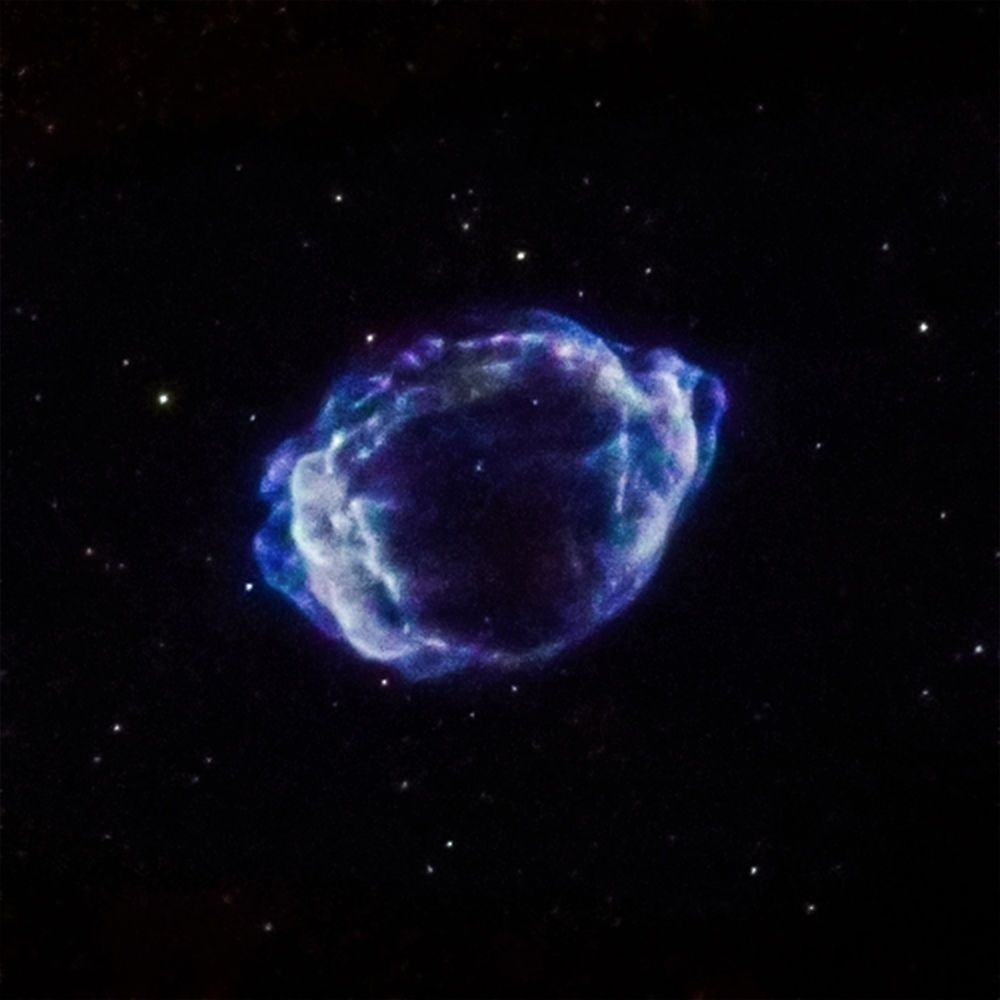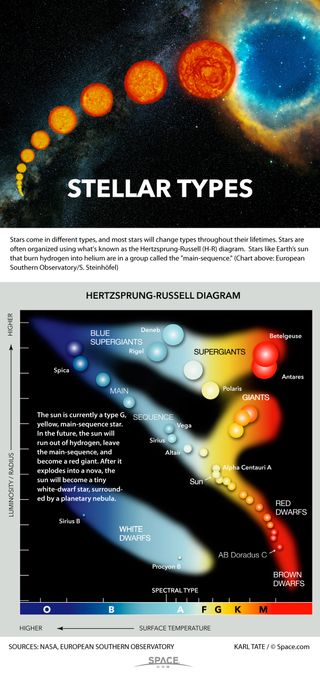Milky Way Mystery: Here's What Caused the Galaxy's Youngest Supernova

The Milky Way's youngest supernova — an explosion of a star that renders it extremely bright — was probably caused by the collision of two ultradense remnants of stars, new research suggests. The epic blast, shrouded in dust, also likely happened even more recently than scientists thought.
The supernova remnant was identified by radio telescope in 1984, and astronomers set out to fit X-ray and radio data to a model that could help reveal what instigated the explosion.
Researchers tracked down the explosion's cause by measuring how the supernova remnant brightened over time, and their technique could be used to better understand the type of supernova in general, called Type Ia — a cosmic blast essential to measuring the universe's expansion. Such supernovas can briefly shine brighter than the galaxies in which they reside. [Supernovas: Amazing Star Explosion Images]
"Astronomers use Type Ia supernovas as distance markers across the universe, which helped us discover that its expansion was accelerating," Sayan Chakraborti, an astrophysicist at Harvard University and lead author of the new study, said in a statement. "If there are any differences in how these supernovas explode and the amount of light they produce, that could have an impact on our understanding of this expansion."

The supernova remnant in question, called G1.9+0.3, is the echo of a cosmic explosion whose light would have hit Earth about 110 years ago, the new research suggests, but its dusty home in the constellation Sagittarius blocked its light from 19th century astronomers.
The new research incorporated data from the orbiting Chandra X-ray Observatory and the Jansky Very Large Array, a radio telescope in New Mexico. Both observatories focus on wavelengths of light that can pierce the dense cloud of dust around the supernova remnant. The researchers examined how the supernova remnant was interacting with the gas and dust around it, and noticed an increase in radiation over time.
Researchers classify Type Ia supernovas as explosions caused by white dwarfs, the superdense cores left behindwhen stars run out of fuel. But they aren't sure exactly why the white dwarfs explode. Potentially, the white dwarf could have either sucked in too much material from a companion star in its orbit, or two white dwarfs could have slammed together and merged, NASA officials said in a statement.
Sign up for the Live Science daily newsletter now
Get the world’s most fascinating discoveries delivered straight to your inbox.
According to the Harvard team's new model, a supernova remnant's brightening over time suggests that it was formed the second way, through a white dwarf merger. They also concluded that scientists were seeing the blast 110 years after it happened, rather than 150.
"We observed that the X-ray and radio brightness increased with time, so the data point strongly to a collision between two white dwarfs as being the trigger for the supernova explosion in G1.9+0.3," study co-author Francesca Childs, also at Harvard, said in the statement.
The researchers can use their model to figure out the triggers of other Type Ia supernovas, which are thought to let out a consistent amount of light at their peaks. That consistency lets researchers calculate the distance to the galaxies they reside in, based on their brightness. Therefore, more information about how they form, which could affect the amount of light they put out, means researchers may need to recalculate some of the distances found based on the explosions.
"It is important to identify the trigger mechanism for Type Ia supernovas, because if there is more than one cause, then the contribution from each may change over time," Alicia Soderberg, an astronomer at Harvard and a study co-author, said in the statement. "This means astronomers might have to recalibrate some of the ways we use them as 'standard candles' in cosmology."
The new work was detailed in The Astrophysical Journal in March.
Email Sarah Lewin at slewin@space.com or follow her @SarahExplains. Follow us @Spacedotcom, Facebook and Google+. Original article on Space.com.













